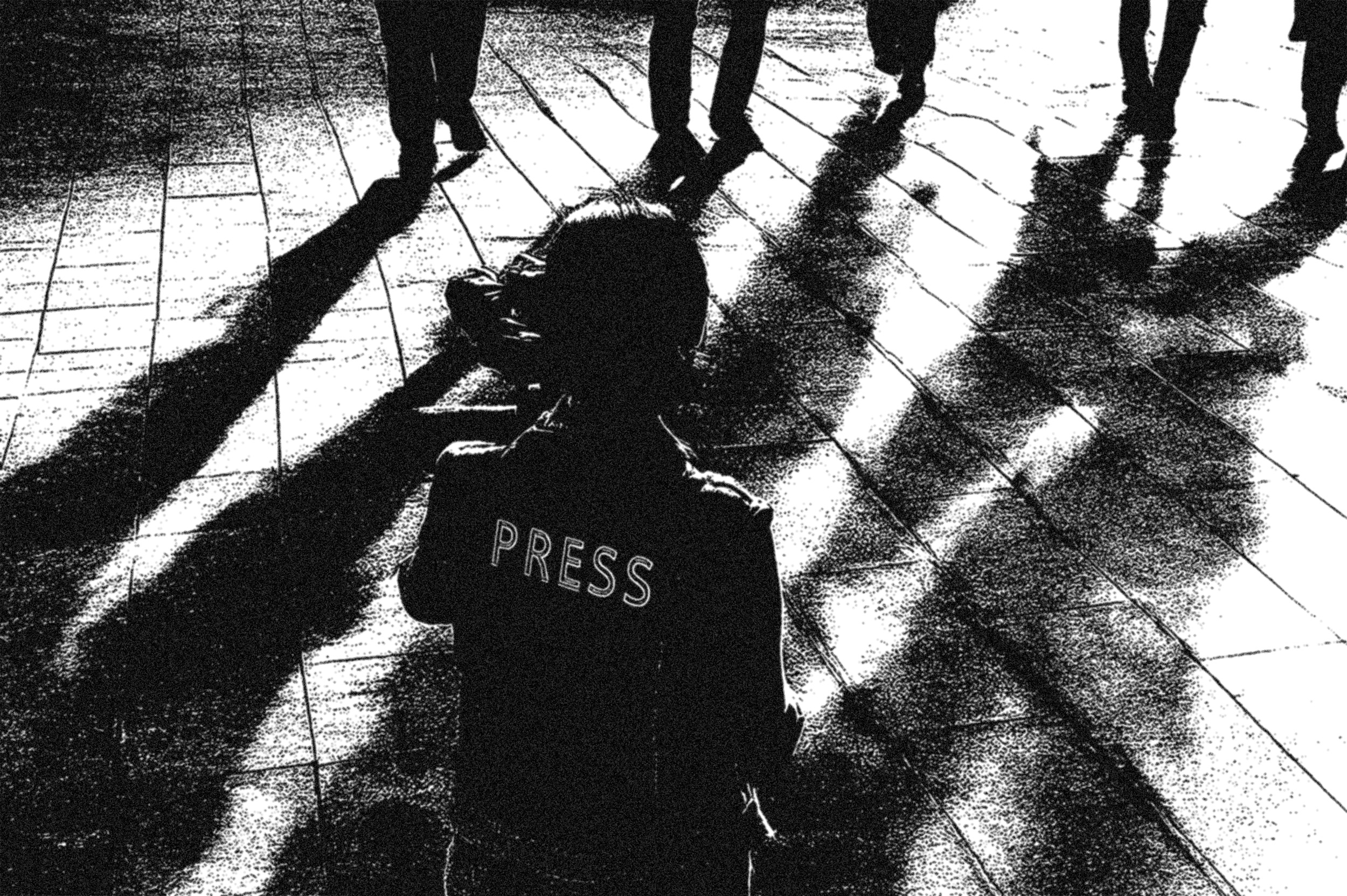Issue:
February 2025
South Korean journalists are taking extraordinary measures to protect themselves from pro-Yoon mobs

My heart was pounding as we ran away to the nearest safe spot that we could find outside the presidential residence in Seoul’s Hannam-dong neighbourhood. Moments earlier, an eagle-eyed protester had spotted a broadcaster’s logo on our camera equipment that we had forgotten to remove. “They’re here!”he shouted, triggering an instant mob response.
I was working with a Korean broadcast crew when this happened, and we were lucky. Days later, outside the Seoul western district court, where president Yoon Suk Yeol had just been handed a detention extension, other journalists weren’t as fortunate. Television crew members were surrounded and beaten. Multiple news teams had their equipment destroyed, memory cards stolen, and staff assaulted in what one veteran cameraman described as his first experience of “collective lynching” in 20 years on the job.
The violence marks an alarming escalation in hostility towards the media at pro-Yoon demonstrations, where journalists are increasingly viewed not as observers but as literal enemies of the state. Following Yoon’s arrest on insurrection charges related to his short-lived martial law declaration on 3 December last year, and the political chaos that has ensued, his supporters have adopted an increasingly militant stance against what they perceive as “fake news”.
“I’ve felt both psychological pressure and physical threats”, one reporter told me. “At every rally, they shout and curse at news crews and vehicles, demanding ‘fair reporting’. Some say we deserve to die”.
The intimidation has forced newsrooms to adapt. Major broadcasters now instruct camera operators to conceal company logos and blend in with protesters. Some reporters have taken to mimicking the live-streamers who proliferate at these gatherings, swapping professional cameras for selfie sticks and handheld devices like the far-right YouTubers. I’ve seen some dress down like actual thugs, holding banners distributed by the protesters and waving American flags like they do.
Curiously, foreign-looking journalists often receive different treatment. Many protesters view international media as potential allies who might “convey the truth to the outside world” about alleged election fraud and Chinese interference – conspiracy theories that gained prominence after Yoon cited them to justify martial law. They frequently reference what they claim were “stolen” parliamentary elections in 2020 and 2024 (both landslide victories for opposition parties), copying U.S. President Donald Trump’s “stop the steal” rhetoric, and sometimes holding banners with those exact words.
But for Korean journalists, especially those from outlets deemed critical of Yoon, the situation has become increasingly perilous. News organisations now issue strict safety protocols: immediately abandon coverage if danger arises, avoid working alone, maintain escape routes, and remove any identifying markers from equipment and clothing. I’ve seen Korean journalists harassed by angry mobs, told to “get out quickly”.
The intimidation seems fiercest against broadcasters like MBC and JTBC: the former for its critical coverage of Yoon and being banned from his presidential plane following a controversial hot mic incident in 2022, and the latter for its role in exposing the scandal that led to former president Park Geun-hye's impeachment. But no mainstream media outlet is immune.
As traditional media organizations – even conservative ones – condemn conspiracy theories, Yoon’s supporters, whose numbers remain unclear, increasingly turn to far-right YouTube channels for information. These outlets actively encourage hostility towards mainstream media, creating a dangerous feedback loop of distrust and aggression.
Having spent dozens of hours staking out the constitutional court, Yoon’s residence, and Gwanghwamun, where these pro-Yoon protests have been taking place over the past few weeks, I’ve seen firsthand how protesters proudly cite YouTube as their primary source of information, even claiming that Chinese citizens are dressing as Korean police officers. When asked if they can truly trust these sources, their response is unwavering: “Of course it’s real.”
This deteriorating situation carries echoes of the brief period of martial law in December, when military documents revealed plans for comprehensive censorship of both domestic and foreign media. On the night of the martial law crisis, then-interior minister Lee Sang-min allegedly instructed national fire agency commissioner Heo Seok-gon to cooperate in cutting off electricity and water supplies to specific media outlets: Kyunghyang Shinmun, Hankyoreh, and MBC. While that crisis was mercifully short-lived, its chilling effect lingers in the form of these militant supporters who now seek to intimidate journalists through direct action.
Yet despite the dangers, Korean media, however flawed as some may say they are, continue their work. The price of truth in South Korea has become steeper, but its pursuit continues, even if it means running from angry mobs or hiding in plain sight among them.
Raphael Rashid is a Seoul-based freelance journalist and author of The Korea We Refuse to See.

